
The Royal Logistic Corps provides logistic support functions to the British Army. It is the largest Corps in the Army.

The Royal Army Ordnance Corps (RAOC) was a corps of the British Army. At its renaming as a Royal Corps in 1918 it was both a supply and repair corps. In the supply area it had responsibility for weapons, armoured vehicles and other military equipment, ammunition and clothing and certain minor functions such as laundry, mobile baths and photography. The RAOC was also responsible for a major element of the repair of Army equipment. In 1942 the latter function was transferred to the Royal Electrical and Mechanical Engineers (REME) and the vehicle storage and spares responsibilities of the Royal Army Service Corps were in turn passed over to the RAOC. The RAOC retained repair responsibilities for ammunition, clothing and certain ranges of general stores. In 1964 the McLeod Reorganisation of Army Logistics resulted in the RAOC absorbing petroleum, rations and accommodation stores functions from the Royal Army Service Corps as well as the Army Fire Service, barrack services, sponsorship of NAAFI (EFI) and the management of staff clerks from the same Corps. On 5 April 1993, the RAOC was one of the corps that amalgamated to form The Royal Logistic Corps (RLC).
An ammunition technician (AT) is a British Army soldier, formerly of the Royal Army Ordnance Corps but since 1993 of the Royal Logistic Corps, trained to inspect, repair, test, store, and modify all ammunition, guided missiles, and explosives used by the British Army. These technicians are also trained to use demolition to safely dispose of individual items of ammunition and explosives (EODs) or to conduct logistics disposal of bulk stocks of multi items. After gaining sufficient experience, those who show the appropriate qualities are given extra training to render safe improvised explosive devices (IEDs) by a process called improvised explosive device disposal. Experienced ATs may be called to give evidence as expert witnesses in criminal or coroner's courts in relation to ammunition or explosives or to EOD and IEDD duties.
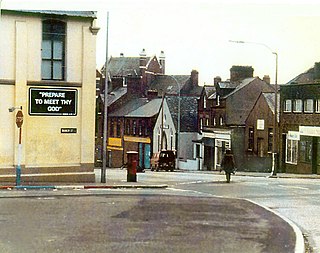
An ammunition technical officer (ATO) is an officer involved in all aspects of the army, air force, and navy's use of ammunition. This includes: bomb disposal, clearance of ERW, explosives accident investigation, procurement, in service management, storage, and inspection and repair.
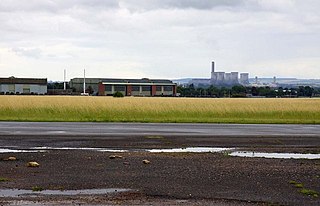
Dalton Barracks is a military installation near Abingdon in Oxfordshire, England and home to 3 and 4 Regiments of the Royal Logistic Corps. The site is set to close in 2030.
11 Explosive Ordnance Disposal and Search Regiment RLC is a specialist regiment of the British Army's Royal Logistic Corps (RLC) responsible for counter terrorist Explosive Ordnance Disposal (EOD), the safe recovery or disposal of conventional munitions. The regiment also has an ammunition inspectorate role supporting the Inspector Explosives (Army). With headquarters in Didcot, the regiment has sub units geographically based throughout the UK to provide a nationwide high readiness response capability in support of the police.
The Defence Explosive Ordnance Disposal, Munitions and Search Training Regiment is an element of the Royal School of Military Engineering responsible for the delivery of training to British Army Ammunition Technicians, Ammunition Technical Officers and Search Operators. The Regiment delivers training from two locations: Marlborough Barracks, MoD Kineton near Kineton, Warwickshire and St George's Barracks, MoD Bicester, near Bicester, Oxfordshire.
This is the Operation Herrick ground order of battle, which lists any British ground forces that have taken part in the duration of Operation Herrick between 2002 and 2014.
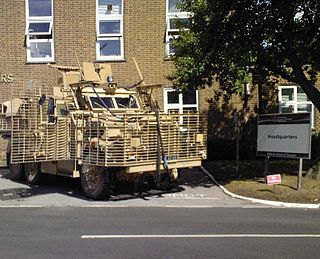
The Defence School of Transport (DST) Leconfield is located at Normandy Barracks, Leconfield near Beverley, East Riding of Yorkshire in England.

17 Port and Maritime Regiment is a regiment of the British Army's Royal Logistic Corps. The unit is the Army's only regular Port & Maritime capability, though it is twinned with 165 Port and Maritime Regiment RLC, of the Army Reserve.
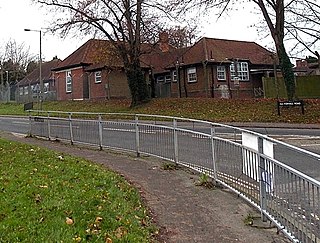
Vauxhall Barracks is a British Army installation in Didcot, Oxfordshire. It is set to close in 2034.
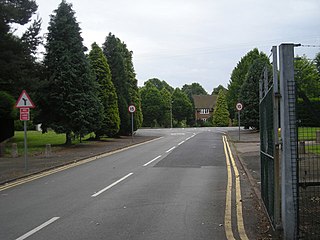
MoD Donnington consists of a British Army barracks and the Defence Fulfilment Centre, and is situated to the north of Donnington, Telford, Shropshire. The barracks on the site will close in 2029.

Chetwynd Barracks is a British Army installation at Chilwell, Nottinghamshire, England. It is set to close in 2026.

Prince William of Gloucester Barracks is a British Army installation near Grantham in Lincolnshire. It is set to close in 2028.
33 Engineer Regiment (EOD&S) is a regiment of the British Army's Royal Engineers. It is based at Carver Barracks, Essex.

1 Regiment RLC is a regiment of the British Army's Royal Logistic Corps.

The structure of the British Army is being reorganised to the Future Soldier structure. The Army is commanded by the Chief of the General Staff (CGS), with Army Headquarters which is located in Andover, Hampshire. Subordinate to that post, there is a Commander Field Army, and a personnel and UK operations command, Home Command.

Chattenden and Lodge Hill Military Camps were British Army training camps in Chattenden and Hoo St Werburgh in Kent. They were built as ordnance depots and functioned as such through to the second half of the twentieth century.

The 29 Group, formerly 29 Engineer Brigade, is an engineer formation of the British Army responsible for Explosive Ordnance Disposal and Search. Its headquarters were at Aldershot, now at Didcot.
The Army Recruiting and Initial Training Command (ARITC) is a two-star command of the British Army and "is responsible for all recruiting, selection, and basic training of soldiers and the recruitment and selection of officers".
















